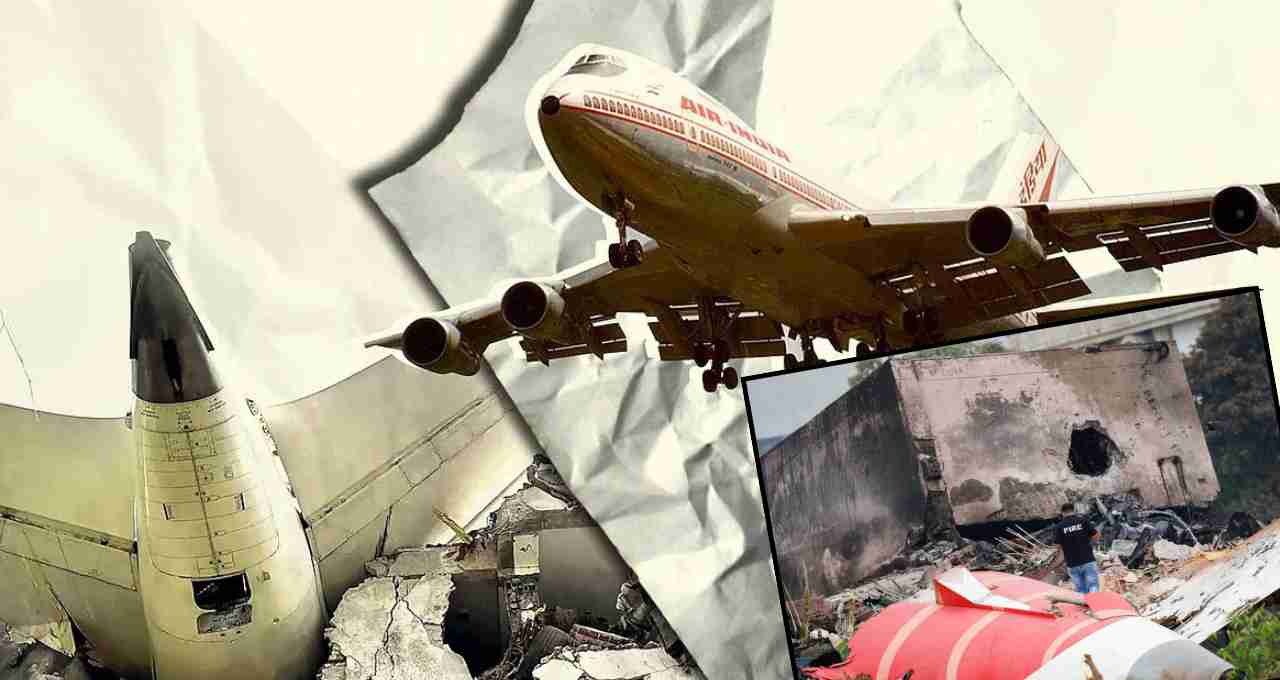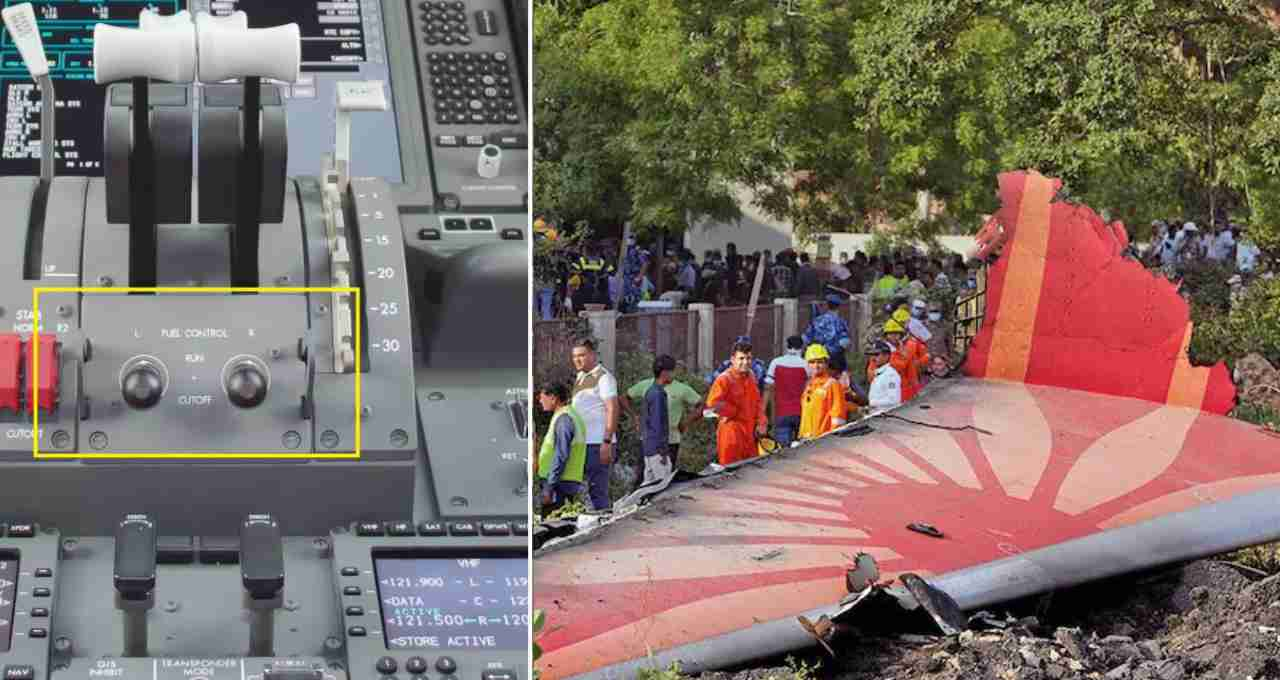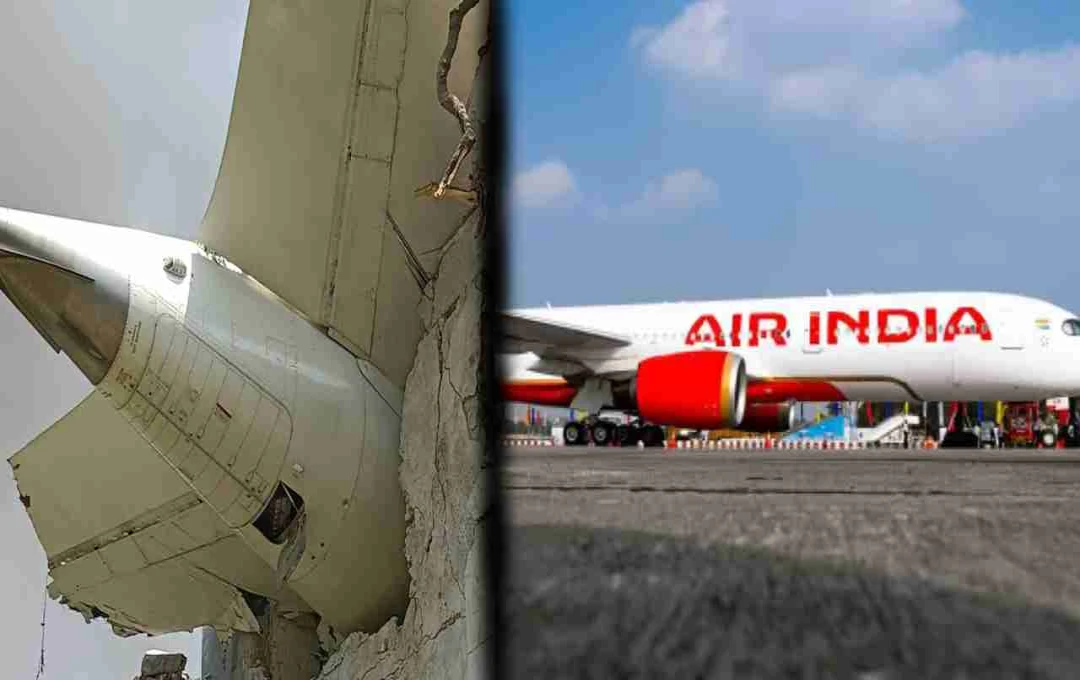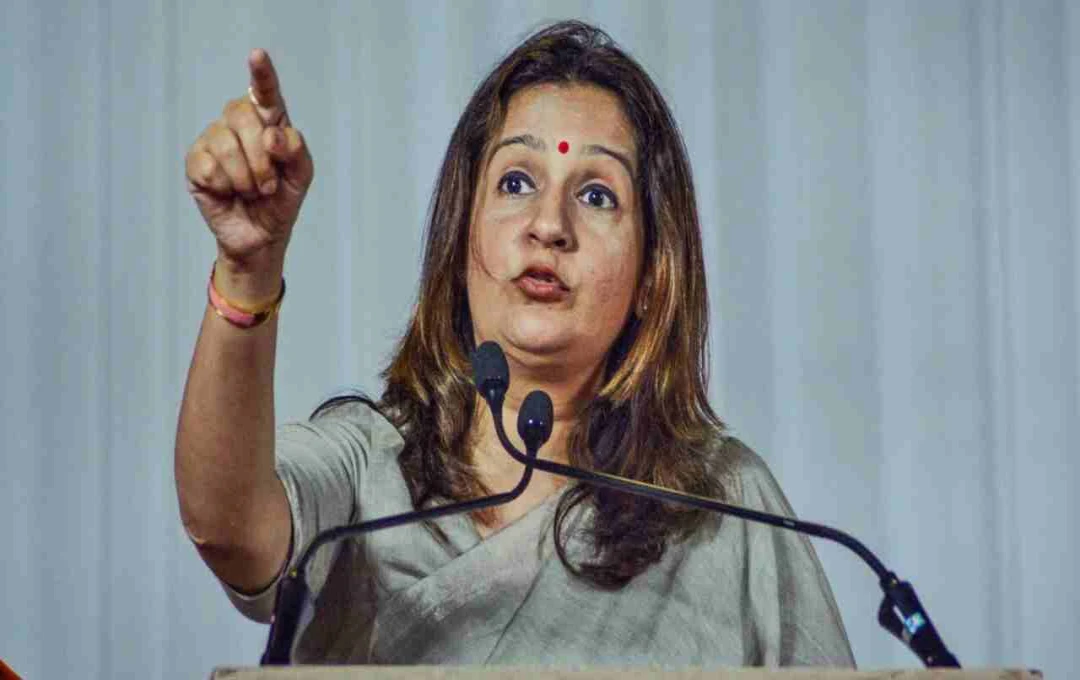Air India's Dreamliner VT-ANB crashed shortly after takeoff. The investigation revealed that the engine's fuel control switch went from 'run' to 'cutoff', causing the accident.
Air India Crash: A crucial revelation has emerged from the Aircraft Accident Investigation Bureau (AIIB) report. At the time of the accident, the senior pilot had asked the junior pilot, "Why did you turn off the fuel control switch?" The response was, "I didn't turn off the switch." The report states that the fuel control switches of both engines went from 'run' to 'cutoff' mode within a second of each other. Subsequently, the aircraft's altitude rapidly decreased.
Serious questions raised after the accident
The incident occurred when Air India's Boeing 787-8 Dreamliner VT-ANB was taking off from Ahmedabad Airport. Shortly after takeoff, the aircraft veered off course and crashed into the B.J. Medical College building in the Meghaninagar area. 260 people died in the accident. Only one person survived from the 242 passengers and crew on board the aircraft. In addition, 19 students from the medical college also lost their lives.
TCM was replaced twice before the accident

The report states that Air India had replaced the Throttle Control Module (TCM) of this aircraft in 2019 and 2023. This change was made in accordance with Boeing's Maintenance Plan Document (MPD) issued in 2019, which suggested replacing the TCM after completing 24,000 flight hours.
AIIB report: No direct link between TCM replacement and fuel switch malfunction
The report states that there was no direct link between the TCM replacement and the malfunction of the fuel control switch. Despite this, the role of the fuel control switch in the accident cannot be ignored. The AIIB report states that no issues related to the fuel switch were recorded in VT-ANB after 2023.
Air India did not consider FAA's warning necessary
The U.S. Federal Aviation Administration (FAA) had identified the locking feature of the fuel control switch in Boeing aircraft as a potential risk on December 17, 2018. The FAA had recommended its inspection, but Air India did not adopt it, considering it non-mandatory. In a statement to the AIIB, Air India clarified that it was an optional procedure and that all necessary inspections of the aircraft were carried out.
Boeing's response

After the release of the AIIB report, Boeing has stated that it is fully assisting in the investigation. The report mentions that at this stage of the investigation, no action has been recommended against the B787-8 or GE GEnx-1B engine operators and manufacturers. The VT-ANB aircraft was equipped with a GE GEnx-1B engine.
Sequence of events revealed in the investigation
The AIIB report indicates that the fuel control switches of both engines went into 'cutoff' mode. Attempts were then made to restart both engines, but the aircraft could not attain the required altitude and speed. This was the reason it crashed into the medical college building. The report stated that the malfunction in the switch had created a state of confusion in the cockpit.
Questions now being raised about maintenance
This accident has also raised serious questions about the airline's maintenance system. The AIIB report confirmed the two replacements of the TCM, but the clear reason for the sudden change in the fuel control switch has not been revealed.















